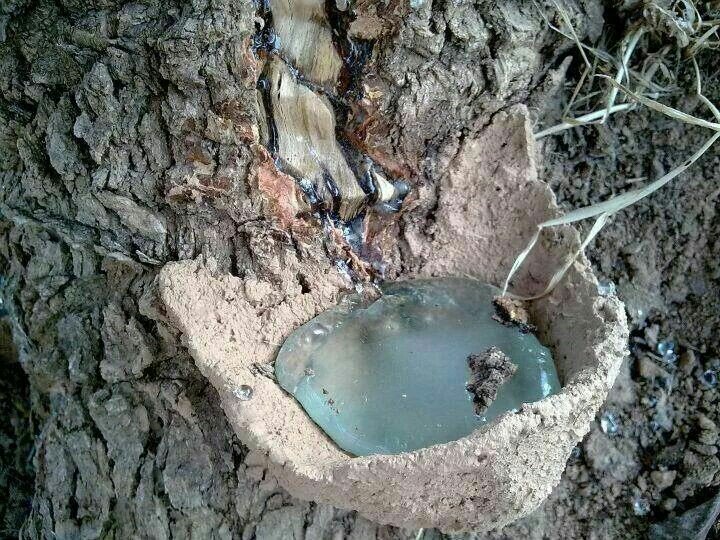Iran seeking UNESCO tag for traditional chew making

TEHRAN- Iran is gathering records on its traditional chew making to register it on UNESCO’s List of the Intangible Cultural Heritage of Humanity, CHTN reported.
In this regard, the first coordination meeting for the registration of Saqqez, known as traditional chewing gum in western Iran, was held on Tuesday with the participation of provincial cultural heritage experts in Kordestan Province and members discussed and exchanged views on historical and indigenous documents for UNESCO’s submission, the report added.
Dal village in Sarvabad County, Kordestan province has capable masters in traditional chew making and they have trained lots of people from other provinces, which have caused the spread of this technique to other parts of the country in the past decades, said provincial tourism chief Saber Vafai.
Saqqez is obtained from the sap of special pistachio trees. On average, 500 to 1000 grams of Saqqez is gained from each tree.
Saqqez is very valuable in western Iran and has several industrial and food uses, including the preparation of chewing gum, perfumes, insecticides, pharmaceuticals, and plastics.
In many areas, Saqqez is used to treat animals' fractures as well as heal wounds.
The name Kordestan refers to the region’s principal inhabitants. After the Turkish invasion of Iran in the 11th century CE (Seljuq period), the name Kurdistan was applied to the region comprising the northwestern Zagros Mountains. It was during the reign of Abbas I the Great of Iran’s Safavid dynasty (1501–1736) that the Kurds rose to prominence, having been enlisted by Abbas I to help stem the attacks of the marauding Uzbeks from the east in the early 17th century.
ABU/MG
Leave a Comment